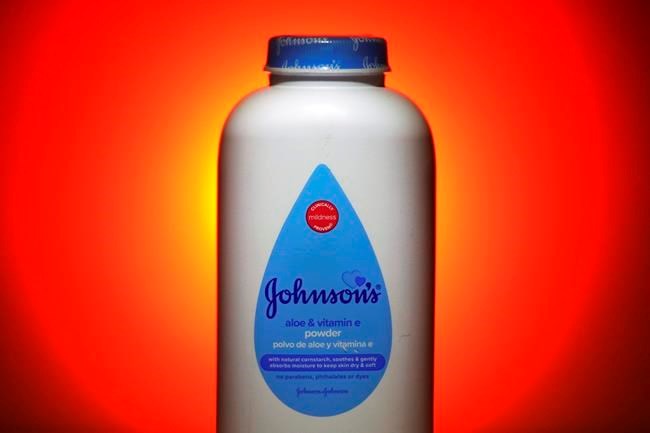Johnson & Johnson, anticipating significant impact from the COVID-19 pandemic, slashed its 2020 sales forecast by billions of dollars and cut its profit expectations by about 15%.
It's one of the first major U.S. corporations to report first-quarter earnings and likely a harbinger of things to come as the outbreak disrupts the global economy.
The world’s biggest health products maker on Tuesday said it now expects 2020 revenue of $77.5 billion to $80.5 billion, down from its January forecast of $85.4 billion to $86.2 billion. It also forecast adjusted earnings per share of $7.50 to $7.90, down from the January forecast of $9 to $9.15 per share.
Despite that, the company increased its quarterly stock dividend, for the 58th consecutive year, from 95 cents to $1.01 per share.
Investors seemed reassured, driving shares up $7.24, or 5.2%, to $147.01 in morning trading.
J&J faces both the prospect of lower sales as much of the world stays home to avoid infection, and higher costs as the company races to develop a vaccine against the new coronavirus.
“We are committed to beginning production ... imminently and bringing an affordable and accessible vaccine to the public on a not-for-profit basis for emergency pandemic use,” Chief Executive Alex Gorsky said.
On a conference call with analysts, executives said they expect the worst impact this quarter, with recovery starting toward year-end.
The company is aiming to have its single-dose vaccine candidate available for broad use early in 2021, and also is testing two backup vaccine candidates. J&J has a good track record on vaccines, developing ones for HIV, Ebola and the Zika virus over the last decade.
“The vaccine is our biggest focus,” Chief Financial Officer Joe Wolk said in an interview.
The company is aiming to have 600 million to 800 million doses available in the first half of next year alone.
Meanwhile, J&J is also screening its “library” of drug compounds, and those of other companies, looking for potential treatments for the virus.
Along with the focus on the pandemic, J&J still plans to file applications this year for approval of four drugs that could be future blockbusters, which “bodes really well for 2020 and beyond,” Wolk said.
Last month, J&J applied for U.S. and European Union approval of ponesimod, its experimental treatment of adults with relapsing multiple sclerosis.
The company reported a very strong first quarter, with net income up 55%. But that was largely before the outbreak sent the global economy on a new tangent.
Net income rose to $5.8 billion, or $2.17 per share, from $3.7 billion, or $1.39 per share, in 2019's first quarter.
Earnings after adjusting for one-time items came to $6.2 billion, or $2.30 per share, which easily beat Wall Street per-share expectations of $2.03 per share.
J&J, based in New Brunswick, New Jersey, posted revenue of $20.69 billion, which also beat Street forecasts for $19.25 billion.
Total sales in the U.S. jumped 5.6% to $10.7 billion, while sales overseas edged up just 1%, to $9.99 billion.
“Results were stronger than expected for the first quarter,” with strong sales across J&J's major businesses, Edward Jones analyst Ashtyn Evans wrote to investors. However, the focus is on the impact of the virus, she wrote.
Quarterly sales of prescription drugs and consumer health products both were up about 9%, to $11.13 billion and $3.63 billion, respectively.
But J&J’s medical device and diagnostics segment had revenue drop 8% to $5.93 billion.
That segment is more vulnerable to economic downturns because many of its products are for elective surgery, such as hip and knee replacements and cataract surgery. J&J said it expected the pandemic to cause medical procedures to be postponed, hurting its surgery, orthopedics and other businesses — to the tune of about $5.5 billion in reduced sales over the year.
Evans noted that surgical procedures were particularly down in China, where the virus first struck.
“We also anticipate some decline in sales for drugs administered by doctors,” such as infused cancer drugs, Evans wrote, adding, “Demand for consumer health care has been strong, particularly for over-the-counter drugs like Tylenol,” and J&J has been increasing their production.
___
Follow Linda A. Johnson at https://twitter.com/LindaJ_onPharma
Linda A. Johnson, The Associated Press



